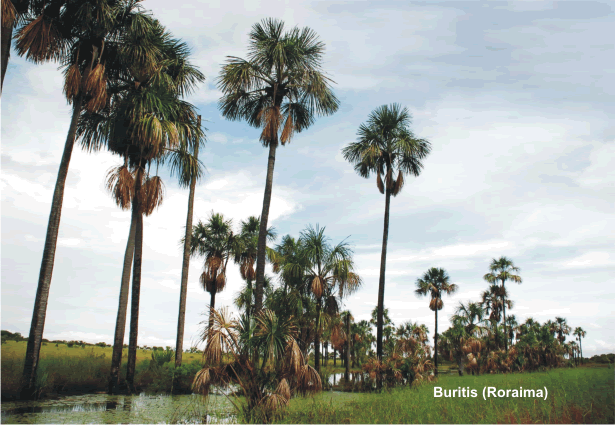NOTAS SOBRE A FORMAÇÃO DE UMA REDE URBANA DE UM “TEMPO LENTO” NO PERÍODO DA MINERAÇÃO NO BRASIL COLÔNIA
DOI:
https://doi.org/10.5654/acta.v3i5.213Resumen
Este artigo analisa a formação de uma ampla rede urbana de um tempo lento que (re)configura o território brasileiro, no século XVIII, com as atividades que subsidiam a economia da mineração do ouro e dos diamantes, a partir de uma abordagem geohistórica. Ao se formar uma rede intra e inter-regional de circulação de pessoas, novas mercadorias e idéias, produzem-se espaços econômicos particulares e lugares simbólicos referenciais no território da antiga zona da mineração. Logo, fica claro que esta empresa favoreceu a articulação de distintas áreas do território brasileiro e o estabelecimento de atividades paralelas, como a pecuária e a agricultura de subsistência, que se desenvolveram no século XVIII e ganharam vulto no século XIX, em alguns pontos da zona do ouro e dos diamantes. Refuta-se a tradicional análise historiográfica da crise que devasta o território mineiro com o declínio da extração do ouro, como já aponta a historiografia contemporânea, que indica as áreas econômicas mais dinâmicas no território mineiro, mesmo com o declínio da principal atividade, como parte da Comarca do Serro do Frio e a Comarca do Rio das Mortes, com São João Del Rei. Palavras-chave: Mineração; Formação Territorial; Rede Urbana de um Tempo Lento. ABSTRACT This article analyzes the formation of a slow time urban network that (re)configures the brazilian territory, in the eighteenth century, with activities that support the economics of gold and diamond mining, using a geohistoric approach. After forming an intra-and interegional movement network of people, goods and new ideas, private economic spaces and symbolic places are produced in ther former mining area. Therefore, it is clear that this venture encouraged the articulation of distincts areas of brazilian territory and the stablishment of paralell activities such as farming and subsistence agriculture, that were developed in the eighteenth century and gained shape in the ninetennth century in some parts of the gold and diamonds zones. Is refuted the traditional historiographical analysis of the crisis that devasted the mineiro territory due the decline of gold mining, as points up the contemporary historiography, which indicates the most dynamic economic areas of the mineiro territory, even with the decline of the major activity, like some parts of Serro do Frio County and the Rio das Mortes County, with São João Del Rei. Key words: Mining; Territorial formation; slow time urban network. DOI: 10.5654/actageo2009.0305.0001Descargas
Descargas
Publicado
Número
Sección
Licencia
PORTUGUÊS A Revista ACTA Geográfica deterá os direitos autorais dos trabalhos publicados. Os direitos referem-se a publicação do trabalho em qualquer parte do mundo, incluindo os direitos às renovações, expansões e disseminações da contribuição, bem como outros direitos subsidiários. Os(as) autores(as) têm permissão para a publicação da contribuição em outro meio, impresso ou digital, em português ou em tradução, desde que os devidos créditos sejam dados à Revista ACTA Geográfica.
ENGLISH ACTA Geográfica Journal will obtain the auctorial rights for all published texts. This also implies that the text can be published anywhere in the world, including all rights on renewal, expansion and dissemination of the contribution, as well as other subsidiary rights. The author’s get permission to publish the contribution in other medias, printed or digital, itmay be in Portuguese or translation, since the publication is credited to ACTA Geográfica Journal.

Este obra está licenciado com uma Licença Creative Commons Atribuição 4.0 Internacional.










